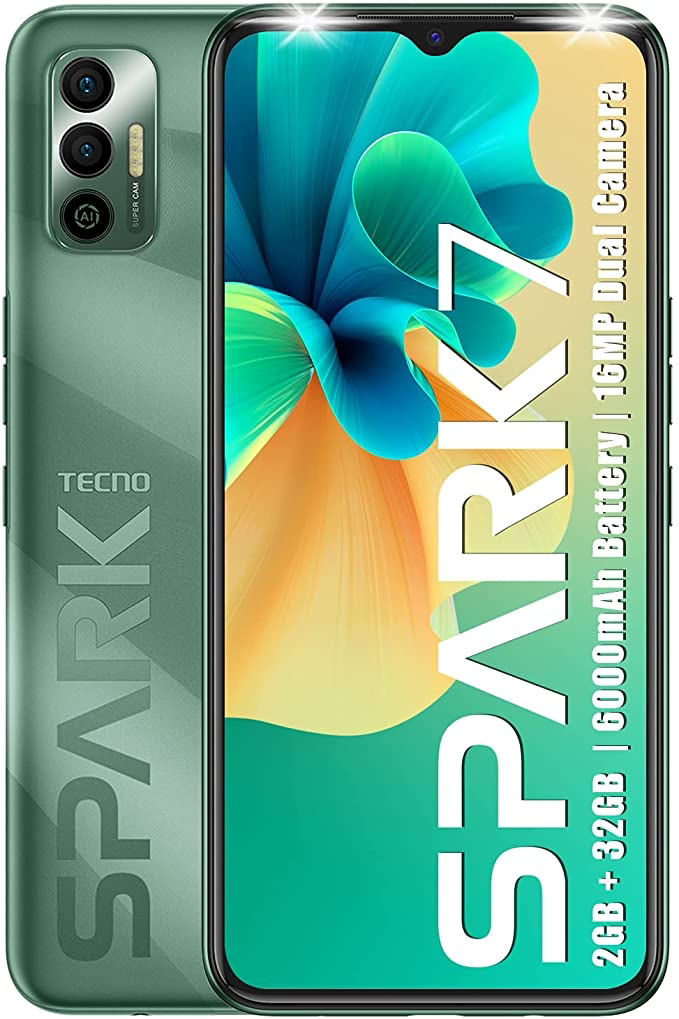Higher refresh rate displays on smartphones
Higher refresh rate displays on smartphones are all the rage these days. We often come across smartphone companies and tech enthusiasts talking about faster and smoother displays and actively using terms like 90Hz, 120Hz, or even 144Hz. Most device makers are not only gravitating towards higher refresh rates but are also vehemently using them as indicators of better display quality. The refresh rate is a property of a display; it is measured in hertz (Hz) and often used by marketers to emphasize a smoother user experience.
PC monitor makers have lured users for several years on the basis of refresh rate. However, when it comes to smartphones, a higher than normal refresh rate is a relatively novel feature — and thus, fairly hyped up. It wasn’t until the launch of the OnePlus 7 Pro last year that display refresh rates became a topic of focus among smartphone enthusiasts and tech reporters. The OnePlus 7 Pro was launched with a 90Hz display, which was 50% higher than the standard of 60Hz at the time. Since then, many smartphone companies, including Samsung, Google, Xiaomi, Realme, OPPO, Vivo, and others, have followed suit and introduced smoother displays on their flagships and even mid-range devices.
OnePlus 7 Pro in Nebula Blue
Although OnePlus can be credited for bringing the higher refresh rates to the consciousness of mobile consumers, it was actually PC hardware maker Razer that introduced a 120Hz display on the first-gen Razer Phone a year before OnePlus. Even though Razer often gets credited for kickstarting the trend of higher refresh rate displays, Japan’s Sharp was, in fact, the first brand to introduce a smartphone with a 120Hz display in 2015.
But before we take a look at all the popular phones to have launched with a refresh rate higher than 60Hz, it is important for us to explain the property itself.
What is the Refresh Rate?
Smartphone displays are always at work and accomplish much more than they are credited for. Each pixel on the display must be updated every time something new has to be presented. With few exceptions like the OnePlus 5, pixels are updated from top to bottom, with entire rows of pixels refreshing at once. When all rows of pixels are updated from the top to bottom, the display has refreshed once. The refresh rate of a display is, thus, the frequency at which a display is updated or refreshed.
The typical refresh rate for most TVs, PC monitors, and smartphone displays is 60Hz. A refresh rate of 60Hz means that the display refreshes 60 times each second. In other words, the image on the display is updated (or refreshed) once every 16.67 milliseconds (ms). This duration of time for which one frame or image occupies the display is called its refresh time. As expected, the refresh time varies inversely with the refresh rate of any display.
ASUS ROG Phone 3 160Hz 144hz 90hz 120 hz refresh rate
ASUS ROG Phone 3 refresh rate selector
Similarly, a 90Hz display refreshes 90 times per second while a 120Hz display refreshes 120 times per second. Therefore, 90Hz and 120Hz displays have smaller refresh time values of 11.11ms or 8.33ms, respectively. Consequently, a smartphone with a higher refresh rate display must be able to cope with the extra load from pushing more pixels per second.
Although humans cannot perceive these instantaneous changes — unless they are Quicksilver, Flash, or Dash Parr — they can be observed in slow-motion. But if you can’t observe the changes in frames, then what makes the jump from 60Hz to 90Hz, 120Hz, or 144Hz refresh rate so apparent?
Benefits of Higher — 90Hz, 120Hz, or 144Hz — Refresh Rate
The answer to the question above lies in animations. Although we cannot see a single refreshed frame, we can definitely see the smoother succession of frames on the smartphone’s display. A display refreshing at 90Hz produces 1.5 times, or 50%, more frames compared to a 60Hz display when playing the same animation. As a result of the extra frames, the motion during an animation appears much smoother on a 90Hz or even a 120Hz display.
This does not mean that a higher refresh rate display actually affects the speed of an animation. Think of it as the difference between watching a video recorded at 24 or 30 frames per second (FPS) versus 60FPS on YouTube.
Drawbacks of Higher Refresh Rate
Despite all its perceived benefits to UI fluidity, there is one significant, and obvious, drawback to a higher refresh rate display, and that is the increase in power consumption. A phone consumes more power when the display refresh rate is set to, say, 90Hz compared to 60Hz due to the extra work done for rendering more frames per animation. A 120Hz refresh rate mode, therefore, consumes even more power than a 60Hz or 90Hz modes — assuming we’re comparing these refresh rates across the same display.
Taking into account this extra power consumption, many device makers offer an option for an “auto” refresh rate switching mode in their custom Android software. Typically, these “auto” modes change the display refresh rate between set values — for instance, between 60Hz and 90Hz on a display that supports a refresh rate of up to 90Hz — depending on the app, brightness level, battery level, or other factors. This automatic switching allows for optimal use of the battery while ensuring users have a good experience.





Comments
Post a Comment